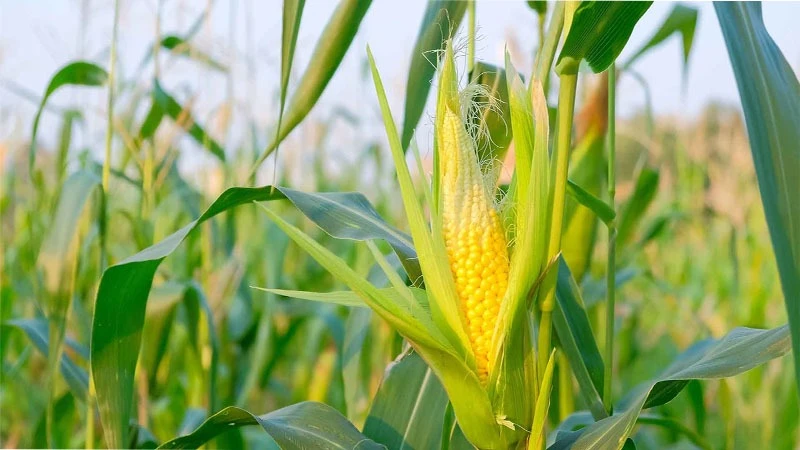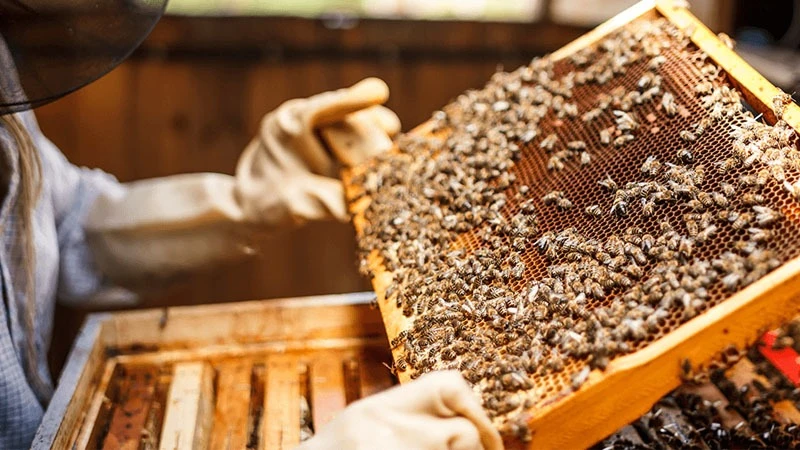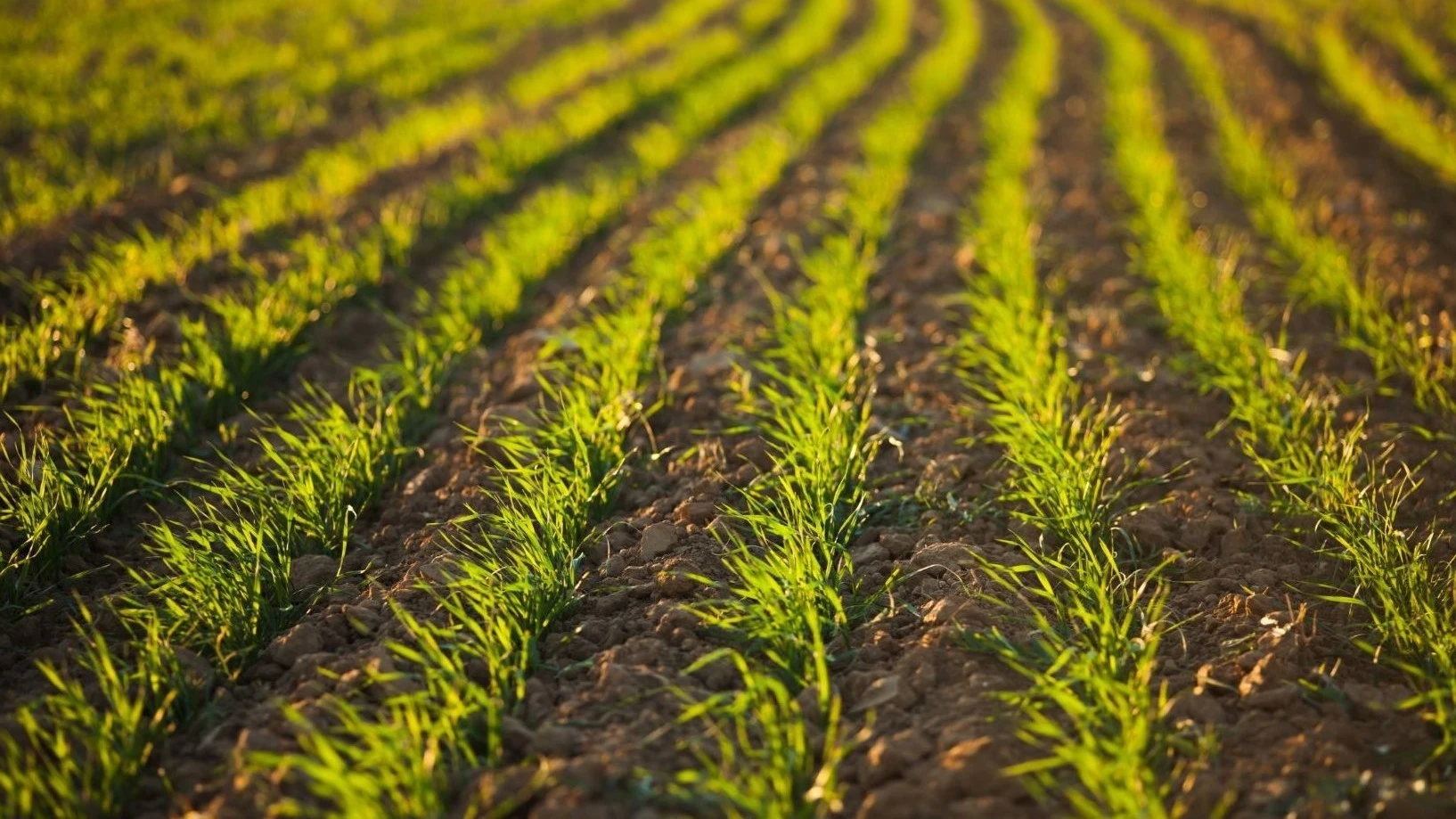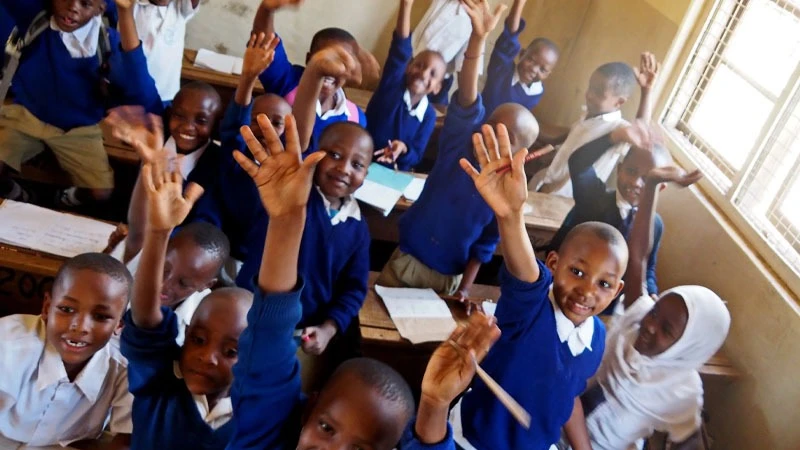WFP handing of NFRA $22m to buy maize is important act

REPORTS that the National Food Reserve Agency (NFRA) intends to spend US$22 million on the purchase of 60,000 tonnes of maize from farmers from July 15 to 20 after an accord with the World Food Programme (WFP) look routine. However, there is more to it than meets the eye.
The respective cabinet minister has said that the maize will help save the now idle harvest, admitting that a good part of the previous year’s harvest is headed for the waste bin as natural fertiliser when it is thrown away.
The one irony was in the blame throwing at that event. There was a suggestion that the WFP order and NRFA support came in the wake of ‘intervention’ by brokers, meaning private buyers seeking to purchase the grain for nearby markets.
At one point, it appeared that the non-tariff barriers to grain trade at the regional level had been removed, but that did not last.
As soon as private traders were seen having an impact in urban markets, where maize flour was picking up in price, all this was put on ice and only grain purchasing agents can buy maize.
The real news was that, as the minister noted, the government is genuinely determined to save last season’s harvest from being wasted.
Accordingly, NFRA is preparing contracts for purchases and selecting purchasing centres before setting prices.
That’s exactly how the cereals bureaucracy and its urban support base wish things to run – as it amounts to foreclosure of a working grain market in the country, especially for maize.
There will be a natural cycle of production and harvesting for the local market rather than commercial trajectory at the farm level as obtained earlier.
But hailing the cooperation with WFP would evidently be one thing if it was just a matter of unloading tonnes of maize from the granary or even placing an order for the next harvest. The idea of saving a large portion of a crop lying in households almost rotting is evidently an altogether different matter.
Just what is likely to be the level of maize farming this year or how many farmers would have sought crops where interference by regulators is minimal is hard to day.
In that it appears that our country is headed for more rainfall rather than dry periods or outright drought, this fear of inability to see a stable commercial set-up for maize in particular may not spell shortages in future. But we are clearly missing the regional market for grain, distressing farmers, even if this is also likely to have a positive input for the wider reform pressures.
Were it that there was a working grain market at the local level working in harmony with the regional one, efforts to resettle youths in agriculture could possibly work.
But with grain being allowed to rot away as opening the market may cause price rises and elected officials fear for their support base, the BBT drive will be limited to non-cereal options, complete with speculative ups and downs – just like in the current talk on avocados.
The perishable nature of food crops, including grains, underlines the need to exercise care and vigilance in handling them. And this points to the importance and relevance of the NFRA-WFP ‘partnership’.
Top Headlines
© 2024 IPPMEDIA.COM. ALL RIGHTS RESERVED

















